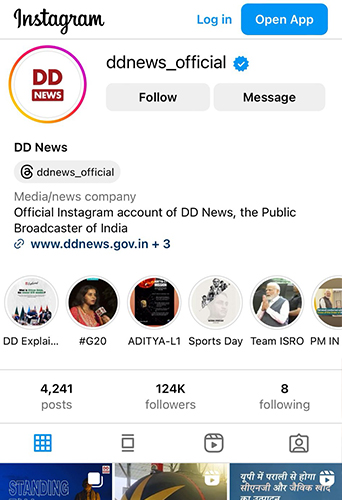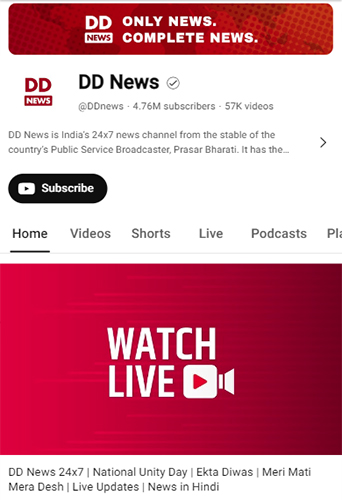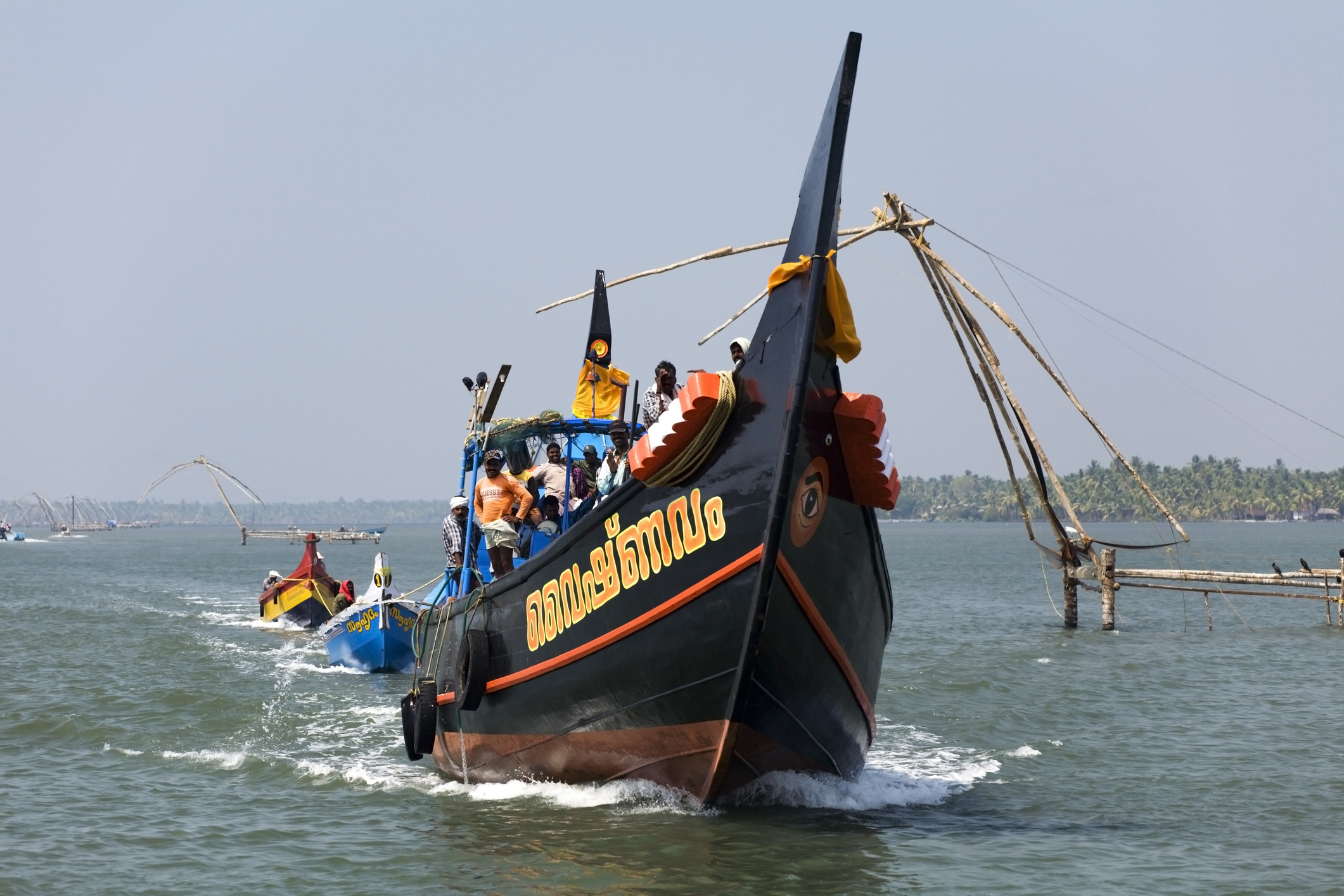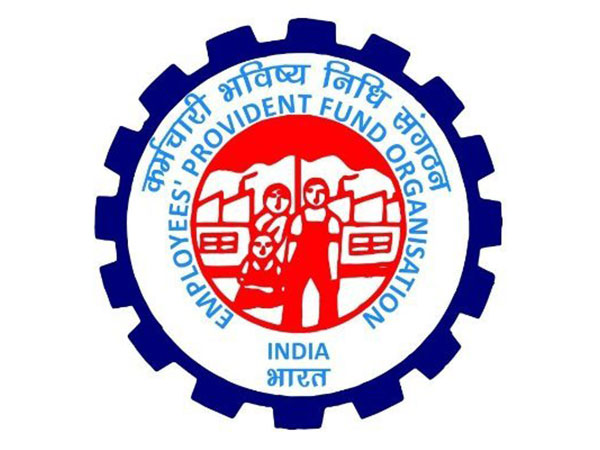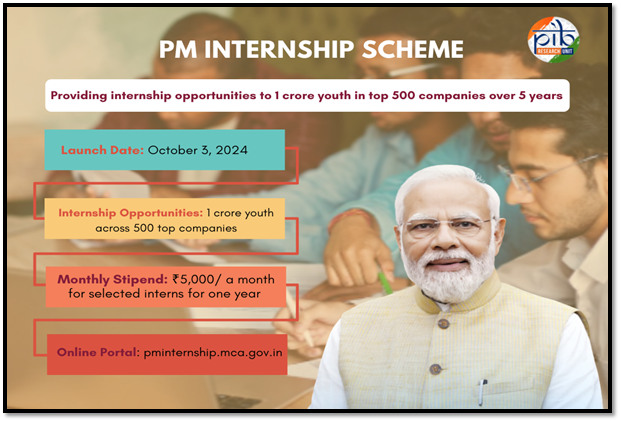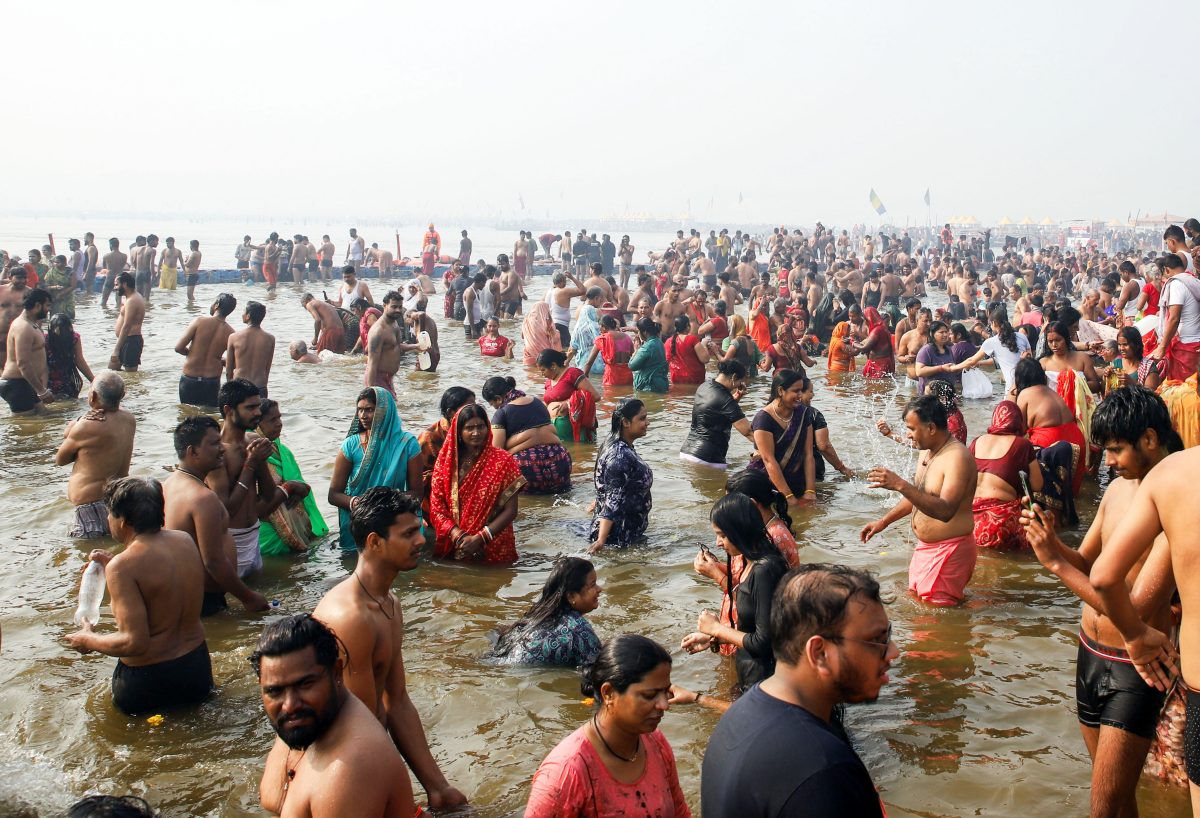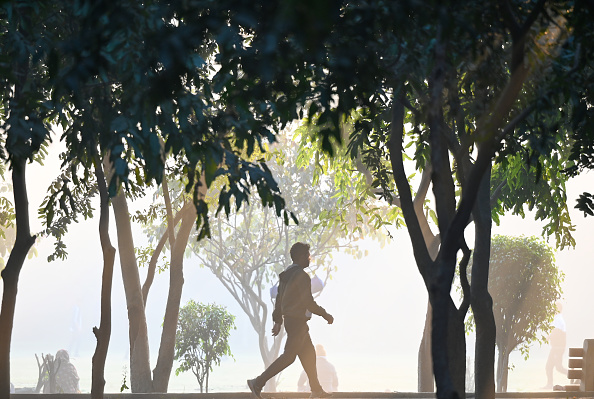Cargo movement on National Waterways reached a record high of 145.5 million tonnes (MMT) in FY 2024–25, while the number of operational waterways increased from 24 to 29, marking a major milestone for the Inland Waterways Authority of India (IWAI). Under the Ministry of Ports, Shipping, and Waterways, IWAI’s performance reflects significant growth in the inland water transport (IWT) sector during the fiscal year.
Cargo traffic on National Waterways has increased from 18.10 MMT in FY 2013–14 to 145.5 MMT in FY 2024–25, reflecting a compound annual growth rate (CAGR) of 20.86%. In FY 2024–25 alone, cargo traffic grew by 9.34% compared to the previous year. Five commodities—coal, iron ore, iron ore fines, sand, and fly ash—together constituted over 68% of the total cargo moved during the fiscal year.
One of the major contributors to this surge has been the Jalvahak scheme, launched in December 2024. The scheme promotes the modal shift of cargo from road and rail to waterways by incentivising cargo owners and operators with financial support amounting to 35% of the actual operating expenses incurred during IWT journeys. Scheduled cargo services were also initiated on NW-1, NW-2, and NW-16 via the Indo-Bangladesh Protocol routes. The scheme is projected to divert 800 million tonne-kilometers of cargo to the IWT mode, accounting for nearly 17% of the current 4,700 million tonne-kilometers of cargo moved through National Waterways.
In addition, the recently introduced digital portal for obtaining No Objection Certificates (NOCs) is helping attract private sector participation in the development of inland terminals. Under the National Waterways (Construction of Jetties/Terminals) Regulations, 2025, private, public, and joint venture entities can now obtain NOCs with greater ease, paving the way for enhanced infrastructure across the country’s waterway network.
To further boost cargo movement, IWAI has undertaken fairway development works to ensure minimum navigable depth and smooth transit. End-to-end dredging contracts have been issued for key stretches on various waterways. Roll-on/Roll-off (Ro-Ro) and Ro-Pax services have also been introduced to facilitate cargo and passenger movement. Digitisation has played a critical role through platforms like the CAR-D portal and PANI portal for business facilitation, a centralised database for vessel and crew registration via Jalyaan and Navic, and Naudarshika—the National River Traffic and Navigational System—for ensuring safe and efficient inland vessel operations.
The government has also prioritised the development of supporting infrastructure including inland water transport (IWT) terminals, night navigation systems, and navigational locks. These efforts are expected to boost cargo movement significantly and make inland water transport a more sustainable and cost-effective alternative.





